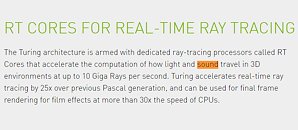Klipsch and EAR Micro Launches the $2,500+ T10 Bespoke Ear Computers
EAR Micro and Klipsch Audio proudly announce the launch of T10 Bespoke Ear Computers at the Motorlux Event, Monterey Jet Center, August 18-19, 2022, to coincide with the 71st Concours D'Elegance.
T10 Bespoke represents an entirely new category of advanced hearables technology—tiny in-ear computers about a third of the size of traditional wireless earphones, yet significantly more advanced. T10 Bespoke Ear Computers seamlessly blend high-style luxury materials and hand craftsmanship typical of fine jewelry and watchmaking with state-of-the-art wireless hi-fi audio. The audio signal path boasts a stunning 96kHz/24-bit audio resolution rendered through the LDAC codec, further enhanced by twin Cadence/Tensilica Hi-fi DSP's, passed next through ultra-efficient class-D amplifiers, and finally into your ears through acoustically accurate Sonion precision balanced-armature transducers.
T10 Bespoke represents an entirely new category of advanced hearables technology—tiny in-ear computers about a third of the size of traditional wireless earphones, yet significantly more advanced. T10 Bespoke Ear Computers seamlessly blend high-style luxury materials and hand craftsmanship typical of fine jewelry and watchmaking with state-of-the-art wireless hi-fi audio. The audio signal path boasts a stunning 96kHz/24-bit audio resolution rendered through the LDAC codec, further enhanced by twin Cadence/Tensilica Hi-fi DSP's, passed next through ultra-efficient class-D amplifiers, and finally into your ears through acoustically accurate Sonion precision balanced-armature transducers.







